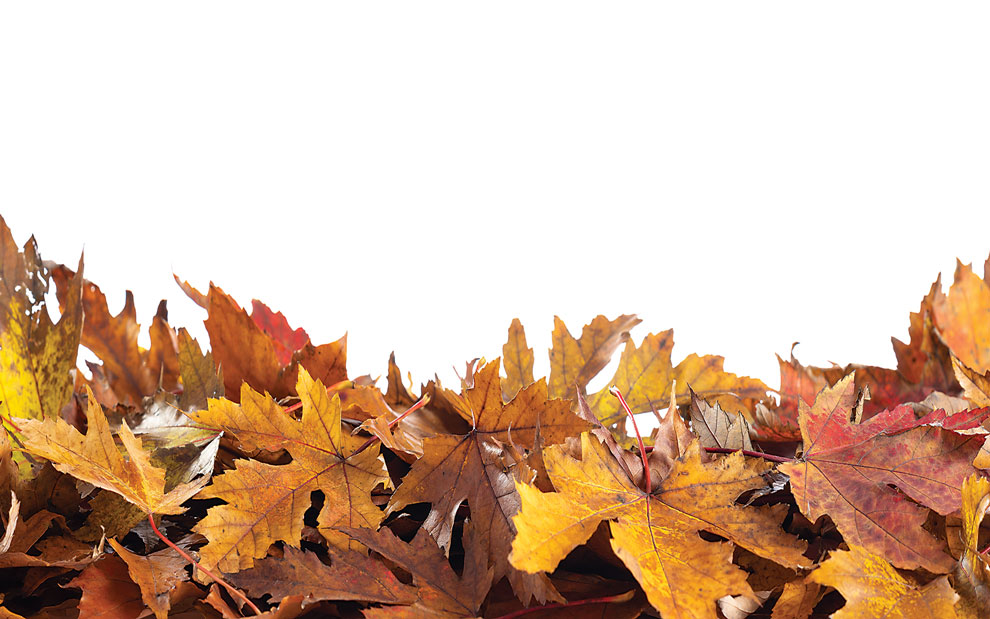Restoring and preserving native habitat within public lands, while critical to supporting biodiversity throughout the country and around the world, doesn’t account for nearly enough acreage to balance the widespread habitat loss that has already happened and what is to come.
To achieve the long-term goal of restoring the habitat required to reach sustainable biodiversity, millions of acres of land will be required. As you contemplate this daunting challenge you might ask yourself, What could I do to impact such a massive undertaking? The answer is a lot.
People like you and me, not regulatory mandates or government programs, can have a significant impact if we remove invasive plants and replace them with native plants, and take other important steps this fall.
Anything and everything – from a few pots on an apartment balcony to planting a pollinator garden on a suburban lot – contributes to the objective. You can start small and expand from there. This can be a meaningful and rewarding family activity that can be implemented over time. The important thing is to make the commitment. Fall is the optimal time to plant as temperatures are lower, limiting the stress on new plants and on you while you’re working outside.
Here’s a list of action items to help you get started:
1. Leave the leaves and shrink the lawn.
Take a break from the rake, blow off the leaf blower, and let the leaves drop as they may. Leaf blowers remove leaf litter that is so essential to insect life – the very insects on which birds and other wildlife depend.
2. Create caterpillar pupation under your trees.
You can reduce your lawn (or turf) by creating mulch beds with leaves around trees and shrubs. Not only does this provide free highly nutritious mulch for your landscaping, it maintains soil moisture to reduce the need for watering.
Did you know the vast majority of song birds depend on caterpillars to feed their young? Research has shown a nesting pair of Carolina chickadees must catch thousands of caterpillars to rear just one clutch (this is the number of eggs a bird lays in one attempt). Approximately 90 percent of caterpillars that live in trees drop to the ground and pupate in organic matter beneath the host tree. Leaf mulch provides a perfect caterpillar pupation site, and native ground cover enhances the effectiveness. Lawns are not suitable as they become compacted and impenetrable to the insect resulting in all their reproduction effort wasted as they die on the surface.
3. Remove invasive plants.
Because they have few natural predators, many non-native plants become invasive, spreading unchecked into local ecosystems and seriously degrading the ability of native systems to function properly. Non-native plants provide little in the way of food for native insects that simply aren’t interested.
You can download free apps to identify plants. Next, commit to removing these common invasive species from your property: Bradford pear, privet, English ivy, burning bush, autumn olive, Japanese honeysuckle, miscanthus grass, bush honeysuckle, oriental bittersweet, porcelainberry, alianthus, and liriope grass.
4. Generously plant what does the most good.
Which means, plant natives! It doesn’t require large acreage, and any size area that can be planted works. If you don’t have a yard, plant containers on a patio or terrace. Many natives grow just fine in pots. To expand your garden and save cost, divide the native plants that are already thriving in your garden.
5. Reduce your light pollution.
Many insects are drawn to lights where they become exhausted and die or are exposed to predators. Consider turning off your lights, using motion sensors, or installing amber bulbs, which are less attractive to nocturnal insects.
6. Network with your neighbors.
This is a great way to get your neighbors involved, spread the word about the benefits of planting natives, and increase the impact. It’s also an excellent way to share plants and exchange information regarding your property’s transformation. If your neighborhood uses social media, share your progress there as well.
7. Build a conservation landscape.
Add a water feature to your garden. This can be a birdbath or a full-scale fish pond with a bubbler. You can also set up a butterfly seep. Simply fill a shallow container with a gravel/sand mixture and keep saturated with water.
8. Reduce the use of insecticides, herbicides, fertilizers.
If herbicides are necessary, apply them judiciously and in small amounts. Fertilizers are unnecessary for native plants, as organic rich soil is sufficient to produce healthy plants. Many insecticides are promoted as natural, but natural or not they do not discriminate. They still kill all insects – not just mosquitoes for example.
If we commit to just a few of these steps, we’ll be much closer to achieving sustainable biodiversity. Together, we can change the world for the better – one yard at a time.





